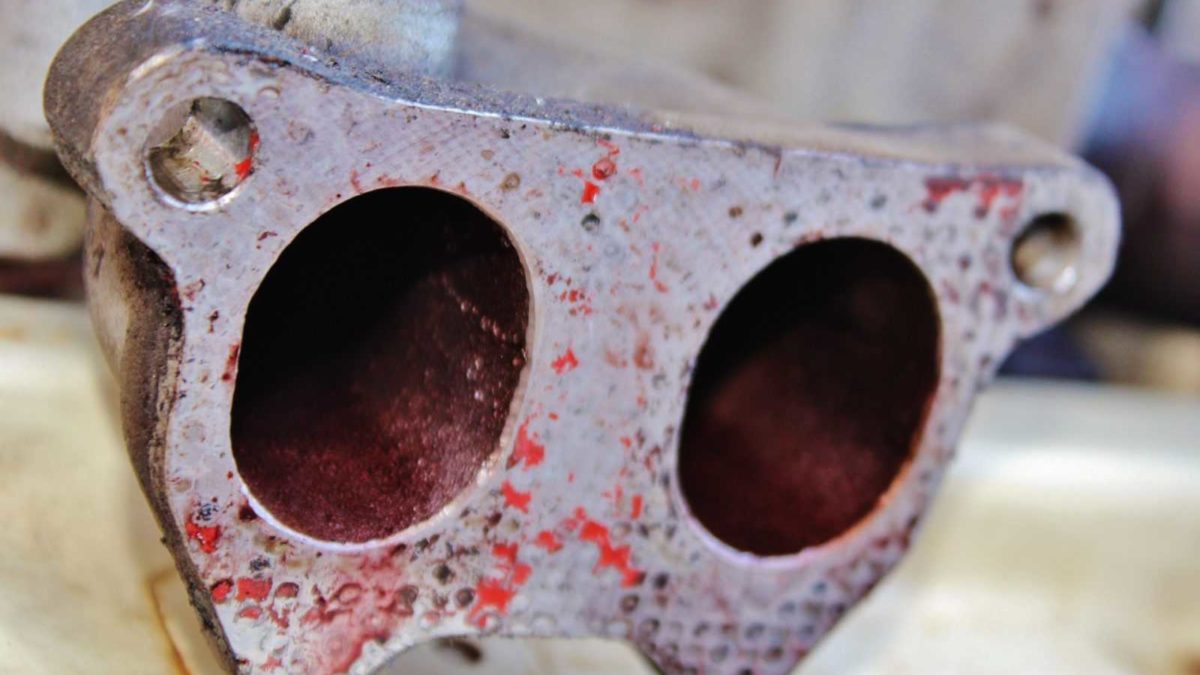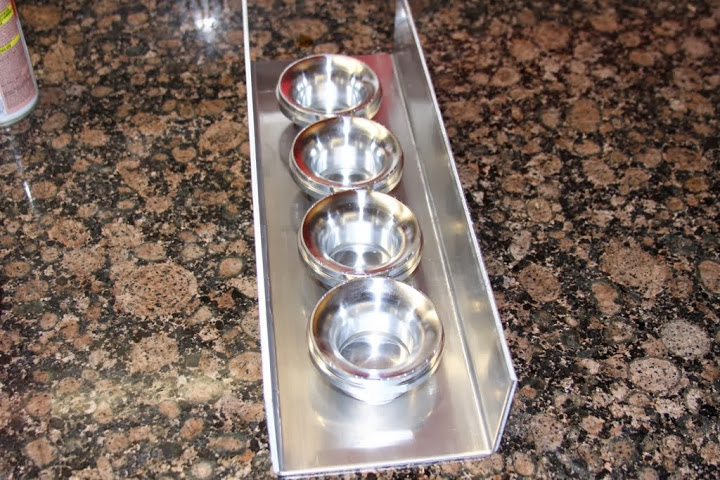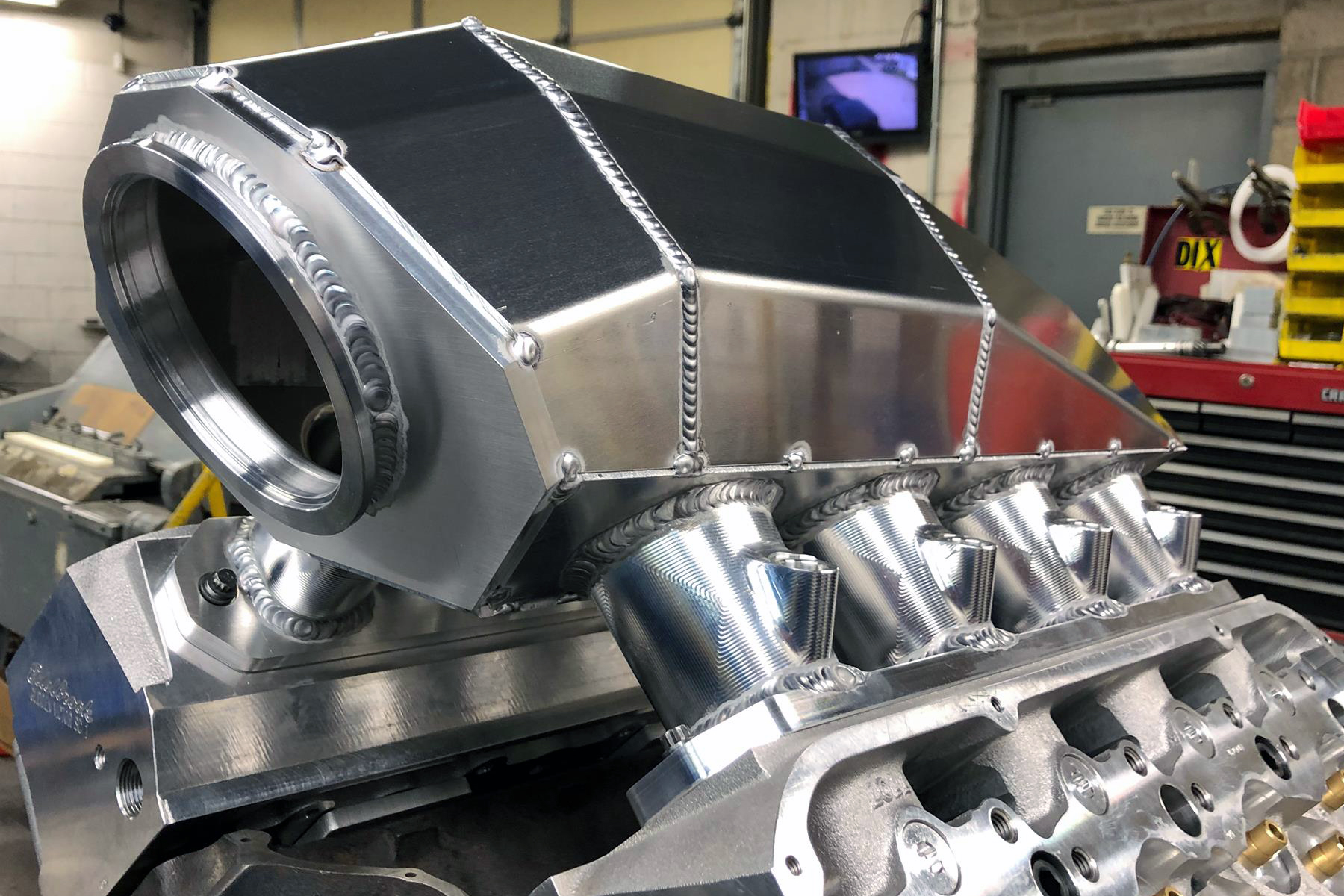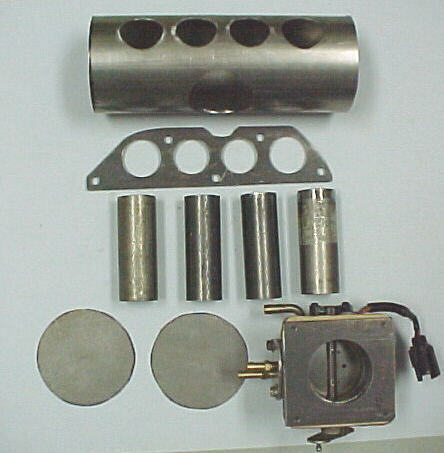An intake manifold is a crucial component of an internal combustion engine. It is responsible for distributing the air/fuel mixture to the individual cylinders of the engine. A well-designed intake manifold can improve the engine's performance, power, and efficiency.
There are several factors to consider when designing and making an intake manifold. One important factor is the material used. Common materials include aluminum, plastic, and composite materials. Aluminum is a popular choice because it is lightweight and strong, but it is also prone to corrosion. Plastic is also lightweight, but it may not be as durable as aluminum. Composite materials, such as fiberglass, offer a balance of strength and lightweight, but they may be more expensive.
Another factor to consider is the shape and size of the runners. The runners are the channels that deliver the air/fuel mixture to the cylinders. The length and diameter of the runners will affect the engine's performance and power. Longer and narrower runners can improve high-end horsepower, while shorter and wider runners can improve low-end torque.
The number of runners also plays a role in the design of an intake manifold. Single plane intake manifolds have one set of runners that serve all the cylinders, while dual plane intake manifolds have two sets of runners, with one set serving half of the cylinders. Single plane intake manifolds are more suitable for high-revving engines, while dual plane intake manifolds are better for low-revving engines.
In addition to the runners, the plenum is another important consideration when designing an intake manifold. The plenum is the chamber that collects the air/fuel mixture from the throttle body and distributes it to the runners. The size and shape of the plenum can affect the engine's performance and power. A larger plenum can improve high-end horsepower, while a smaller plenum can improve low-end torque.
There are several methods for making an intake manifold, including casting, forging, and machining. Casting involves pouring a molten material into a mold, while forging involves shaping the material with heat and pressure. Machining involves cutting the material with a lathe or milling machine. Each method has its own benefits and drawbacks, and the choice will depend on the specific design and requirements of the intake manifold.
In conclusion, designing and making an intake manifold involves considering a variety of factors, including the material used, the shape and size of the runners, the number of runners, and the size and shape of the plenum. The choice of manufacturing method will also play a role in the final product. A well-designed and properly manufactured intake manifold can significantly improve the performance, power, and efficiency of an internal combustion engine.








